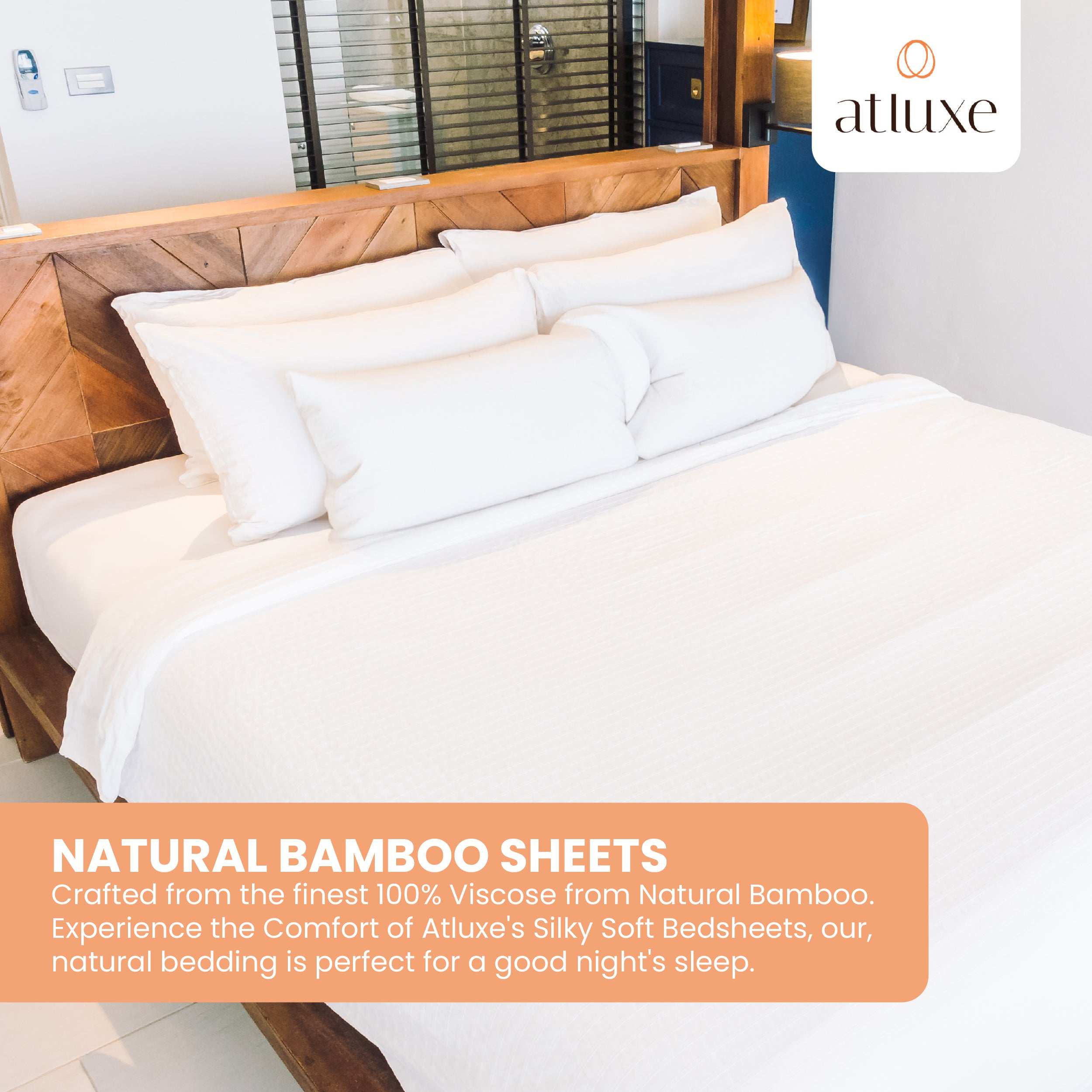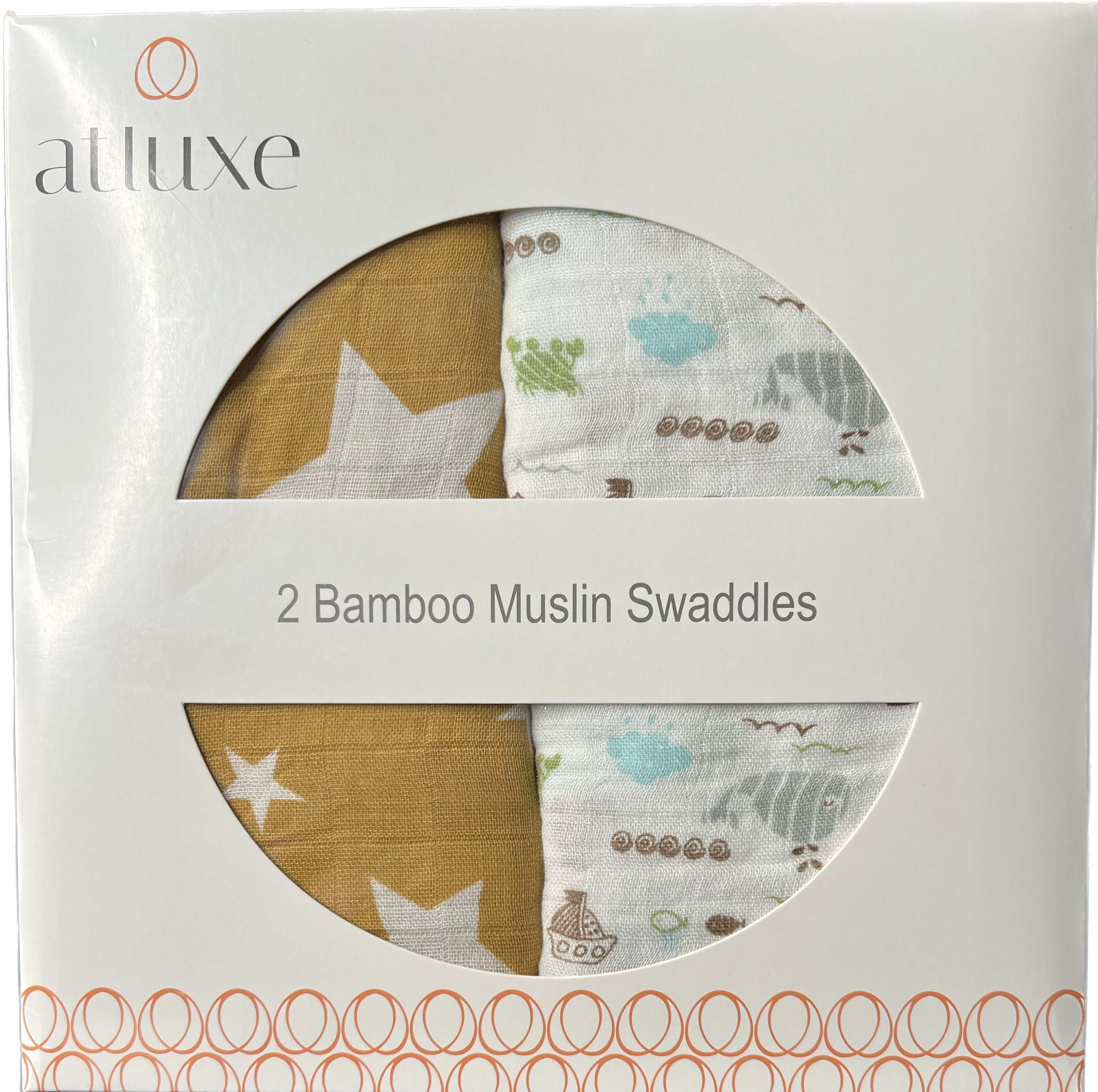Are you curious about the difference between sustainable comforters and traditional ones? This guide will help you navigate the world of bedding, focusing on materials, comfort, environmental impact, and what might be best for you. Let’s dive into how these two types of comforters stack up against each other.
Understanding Sustainable Comforters
Learn what makes a comforter sustainable, including the materials used and their environmental benefits.
Sustainable comforters are typically made from organic or recycled materials, which reduces their environmental footprint. These might include organic cotton, bamboo, or recycled polyester. By choosing these materials, you’re not only ensuring comfort but also supporting eco-friendly practices in the textile industry.
Moreover, sustainable comforters often incorporate processes that minimize water usage and harmful chemicals, making them a healthier choice for both you and the planet. It’s a win-win situation where you sleep well and contribute positively to the environment.
Materials Used in Traditional Comforters
Explore the common materials found in traditional comforters and their impact on comfort and durability.
Traditional comforters are usually filled with materials such as down, polyester, or a combination of both. Down is favored for its excellent insulation and light weight, providing cozy warmth without being overly heavy. However, it often involves the ethical concerns regarding sourcing.
On the other hand, polyester is a synthetic material that is durable and easy to care for, but it may be less breathable than natural fibers. This can lead to overheating during sleep, which is something many people want to avoid.
In summary, while traditional comforters boast durability and insulation, their materials can come at an environmental and ethical cost that is worth considering.
Comfort: A Comparison
Discuss the comfort levels of sustainable versus traditional comforters, including feel, weight, and warmth.
When it comes to comfort, the choice between sustainable and traditional comforters largely depends on personal preference. Sustainable comforters made from natural fibers like organic cotton and bamboo tend to be softer and more breathable. This can create a cooler sleeping environment, which many people find preferable for a good night’s sleep.
In contrast, traditional comforters, especially those filled with down, can offer superior insulation, keeping you warm on those chilly nights. However, this could come at the cost of breathability, sometimes making the sleeper feel hot or sweaty. Thus, your choice may depend on your sleeping temperature preferences and the climate you live in.
Environmental Impact: Which is Better?
Analyze the environmental consequences of both sustainable and traditional comforters, focusing on sustainability and waste.
The environmental impact of comforters can be significant, especially in production and disposal. Sustainable comforters are designed to minimize harm; they often use renewable resources and biodegradable materials, which means they can break down more easily at the end of their life cycle.
Conversely, traditional comforters, particularly those made from polyester, can contribute significantly to landfill waste since they are often not biodegradable. Additionally, the production of synthetics can result in pollution and a high carbon footprint. In this case, choosing sustainable options clearly stands out as the better choice for those concerned about their ecological footprint.
Cost Considerations
Review the price ranges of sustainable and traditional comforters and discuss whether the investment is worthwhile.
When considering a comforter purchase, understanding the price dynamics is crucial. Sustainable comforters tend to be on the higher end of the price spectrum initially. This is a reflection of the quality materials and ethical practices involved in their production.
While traditional comforters can be found at a lower cost, often due to mass production and synthetic materials, their longevity and potential negative environmental impacts should also be factored into the equation. Investing in a sustainable comforter might be initially higher, but it can lead to long-term benefits that transcend mere monetary value.
Choosing the Right Comforter for You
Provide tips for selecting the best comforter based on personal needs, preferences, and values.
Choosing the right comforter ultimately comes down to your personal needs and values. First, consider your sleeping habits. Do you tend to get hot at night? Then, a sustainable comforter made from breathable natural fibers might be ideal for you.
Next, think about your ethical stance. If sustainability is important to you, investing in a sustainable comforter can be a reflection of your values, providing peace of mind alongside comfort.
Lastly, don’t overlook the importance of testing. If possible, touch and feel the materials in-store or choose brands with generous return policies. This way, you can ensure that whatever comforter you choose meets your specific comfort needs.
Final Thoughts
In conclusion, while traditional comforters may offer a variety of options, sustainable comforters make a compelling case for environmentally conscious consumers. By understanding the materials and benefits of each type, you can make an informed choice that aligns with your values and comfort preferences.







Leave a comment